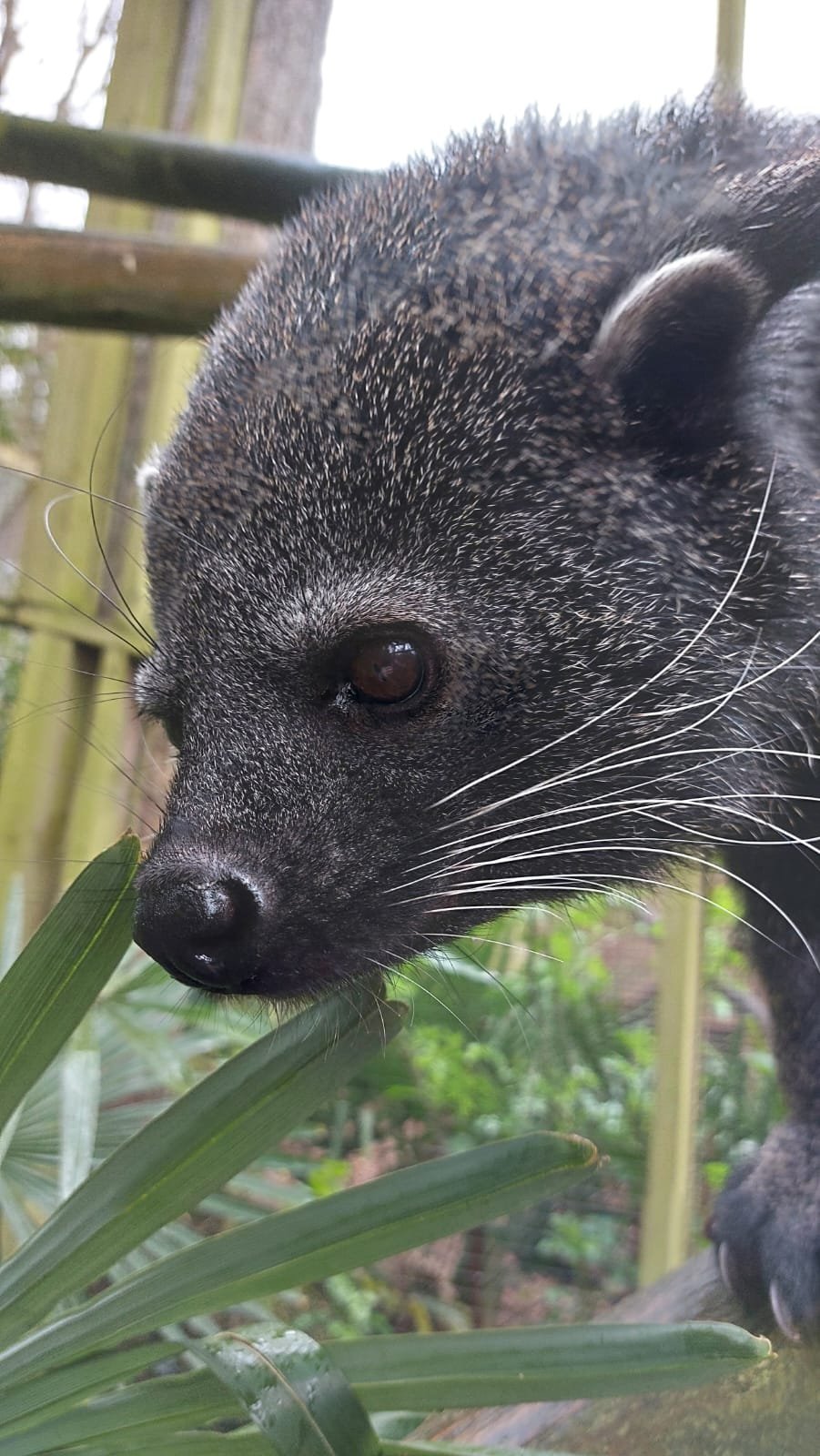MARGAY
Leopardus wiedii
The Margay is a spotted cat native to the Americas. Named after Prince Maximilian of Wied-Neuwied, a German explorer and naturalist in the Eighteenth century, which is reflected in its latin name.
Interesting fact: Margay are also known as the Tree Ocelot; flexible ankles allow them to climb up and down trees easily.
Habitat & threats:
The Margay lives in areas of dense forest, although they have been observed in coffee and cocoa plantations. They spend the majority of their time high up in trees. They are threatened by habitat destruction and hunting; around 14,000 Margay are trapped each year for the fur trade. Natural predators include larger carnivores and snakes such as the Boa constrictor.
Diet:
Mostly small mammals (including monkeys) as well as birds, eggs, lizards and tree frogs.
Breeding and social dynamics:
Margay are solitary, nocturnal animals who have a large territory which they mark by spraying urine and scratching branches. Adults only come together to breed. Females attract males with a long, moaning call. The male responds by yelping or making trilling sounds, and also by rapidly shaking his head from side to side, a behaviour not seen in any other cat species.
Usually only one kitten is born after about 80 days of pregnancy.
Conservation:
Part of a managed European breeding programme.
















